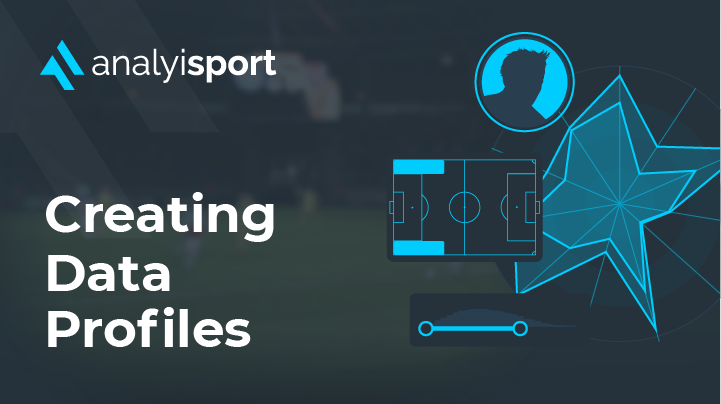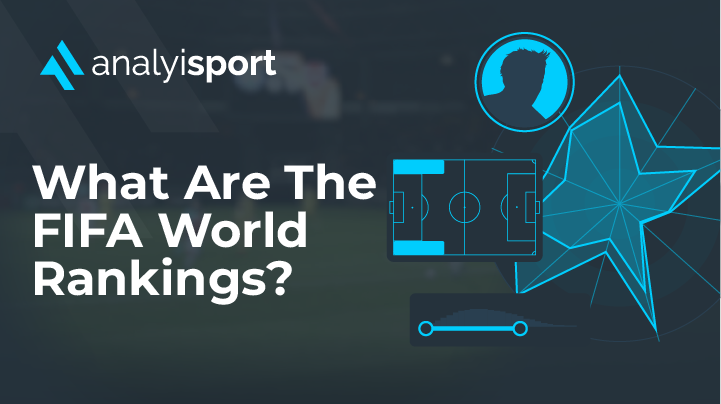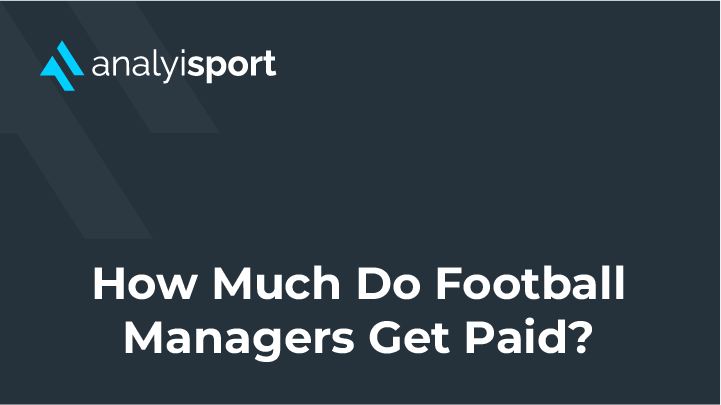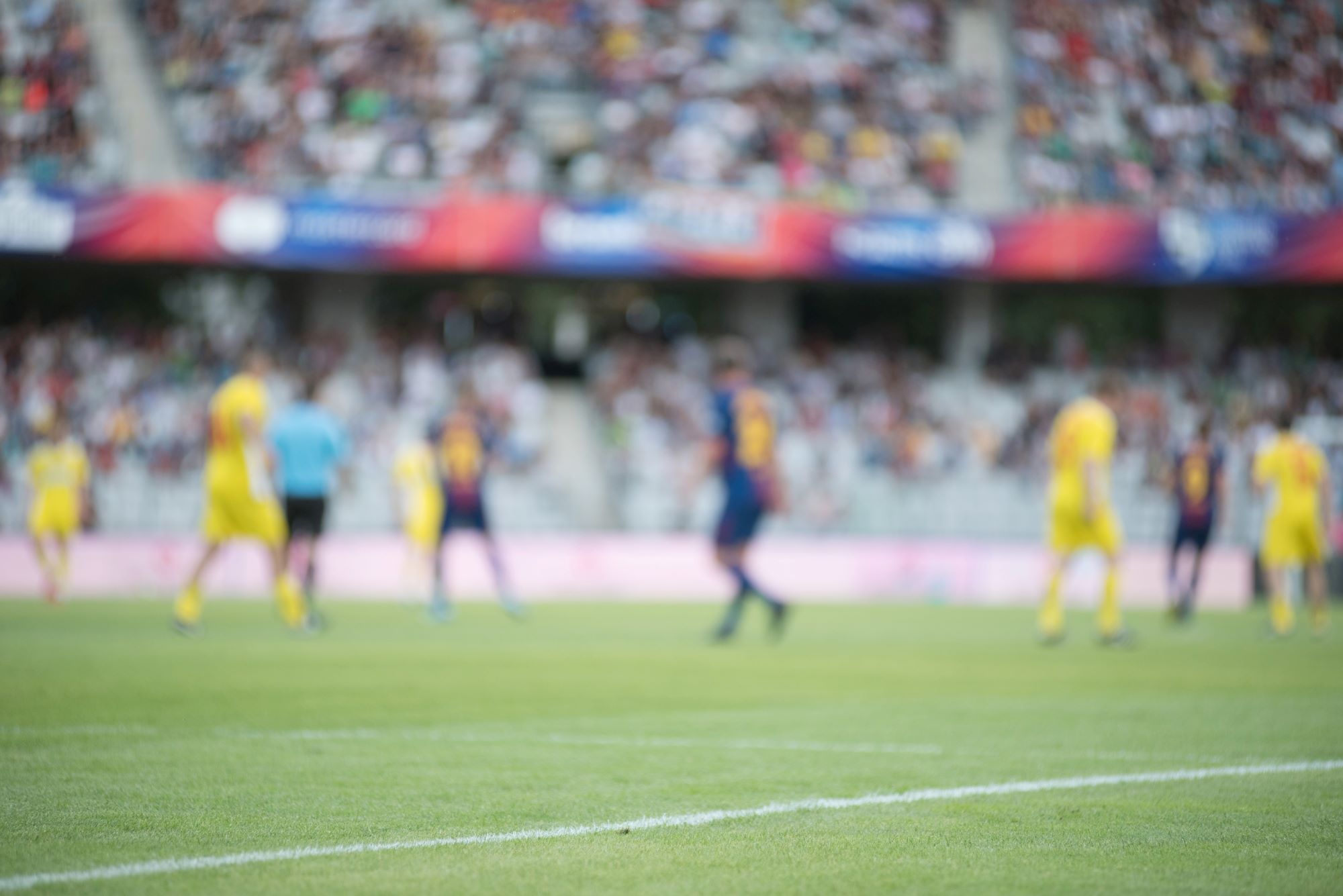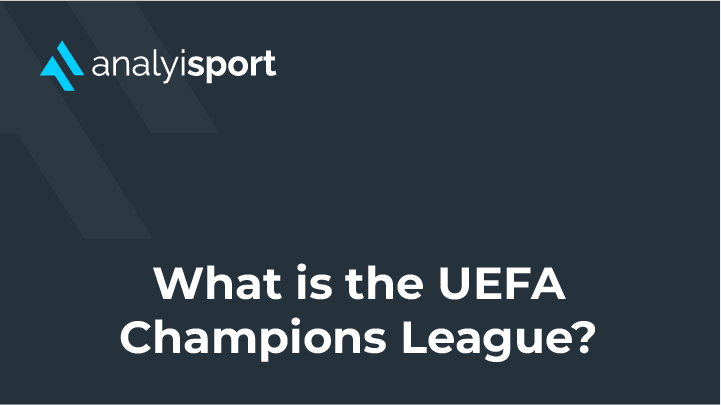Why Is GPS Used in Football?
Why Is GPS Used in Football?
Anyone who watches football is likely to have seen the black vests that players now wear under their shirts. They are GPS vests which track every movement a player makes on their pitch, recording their position and information about their speed and distance covered.
GPS wearables are a recent innovation, using the same kind of GPS chip that can be found in a smartphone. Current top of the range vests can record as many as 1250 data points per second.
At first they were only worn by players on the training pitch, with analysts, coaches, and sport scientists keen to see the data they recorded and assess how well the players were doing. It wasn’t until the 2015-16 that FIFA allowed players to use wearable devices during matches.
Clubs didn’t immediately rush to wear them in games. At first, Swansea City were the only Premier League club to use them in every match. But soon other clubs realised the advantages. They’ve become a standard part of the modern football kit and a key part of data collection. The information they record allows backroom staff to judge a player’s performance objectively, rather than relying on subjective assessments that can be flawed and biassed.
Using GPS for Performance Analysis
GPS vests are one of the key pieces of equipment that performance analysts use to collect player data.
In training, performance analysts are actively involved in collecting the data. The GPS vests send the data to an iPad which is monitored by an analyst throughout the session. “The iPad records all the data the players pick up during the session, left unattended it would pick up data that we don’t need,” Thomas Adams, performance analyst at Ipswich Town, has explained. “To avoid picking up pointless data one of us will clip the beginning and end of each drill as it happens. This makes life so much easier when it comes to creating the reports.” Recording the data in this way also allows an analyst to quickly spot if there’s a problem with one of the GPS vests that is preventing it from working.
When it comes to analysing match performances, the data recorded by GPS vests can help an analyst assess how well players are performing. At lower levels, where there are a limited number of cameras, GPS data about distance covered and sprint speed can help an analyst to objectively judge how hard the players are working.
At higher levels, information about player positions is often recorded using multiple cameras around the ground. This tracking data complements the GPS data, providing detailed information about player positions. Converting the data into heatmaps, which show the positions taken up by a player on the pitch throughout the game, are a great way of seeing if they’re regularly getting into the right positions. The analyst will be able to see if a winger is often coming too narrow, for example, or if the defensive unit is leaving too much space in behind. This information can then be passed on to the coaching staff, who can work with the player to improve their movement.
Using GPS to Keep Players Fit
It’s not just performance analysts who are interested in the data. Sport scientists use GPS vests to measure the fitness of players. This helps them to increase the fitness of the playing squad and reduce the risk of injuries.
In training, using GPS can help coaches to decide which exercises to focus on and allows sport scientists to measure how well each player is performing. They can keep an eye on any signs of potential injuries and track the progress of a player’s rehabilitation when they’re returning to full fitness. The data from each training session is recorded in spreadsheets that allow the sports scientists to see changes in performance over time and spot any significant declines or improvements in a player’s fitness levels.
The data can also be used in games. At Brentford, Chris Haslam, the club’s Head of Athletic Performance, has access to live data from the GPS vests during matches, tracking the performance levels of players on his iPad. It allows the Brentford coaching staff to consider which players might be getting tired and should be substituted.
“Let’s say we are looking at the data and we see that the metres per minute is quite high for a player and then over a five-minute period it starts reducing. If it reduces again, maybe it’s worthwhile substituting him but you have to take into context the game as well. That figure might be dropping because the ball is out of play a lot,” Matthew King, a sport scientist at the Premier League club, explained to The Athletic.
Players, too, have access to the information recorded in training and matches via their phones and smartwatches. As football players are generally competitive by nature, this often leads to competition between players about who is the fastest and who can cover the most distance. Some players, such as Argentine international Erik Lamela, have even posted their stats on Instagram.
Who Provides GPS Technology in Football?
If you ever look closely when you see a player’s GPS vest, it’ll have a brand name on it. There are several companies competing in the market to provide GPS technology to football clubs. No company completely dominates the market.
STATSports supply GPS technology to most clubs in the Premier League and Championship. Their APEX Athletic series is FIFA approved. They even have a special deal with Arsenal, so that as well as supplying the North London club, they sell a special Arsenal FC Edition that anyone can buy and use to measure their own performance data against the Arsenal players.
Catapult are another provider of wearable GPS technology to football clubs, as well as teams in other sports. Catapult is particularly active in the American market and although teams across the globe wear GPS technology, the companies providing the technology tend to be stronger in some regions than others. Gpexe are a leading Italian creator of GPS technology, providing their vests to top Serie A teams such as Inter, as well as the Championship team Watford who have Italian ownership.
The Future of GPS in Football
At first, GPS vests were mostly used by clubs in the top divisions. For clubs further down the football pyramid, GPS technology was expensive. As recently as 2019, fans of non-league club Dover Athletic had to raise £4000 in donations to help their team afford to purchase a set of 20 GPS vests. But as with all technology, it’s starting to spread and become more accessible. Many semi-professional clubs are now starting to use GPS. Even amateur players and teams can buy their own.
The data collected by the technology is already starting to be used as a scouting tool, especially as a way for young players to attract the attention of academies. In May 2022, Arsenal invited 22 youngsters aged between 14 and 18 for a trial at the Emirates stadium. The players were selected partly on how well they’d scored when using the Arsenal edition of the STATsports vest and app.
GPS technology has quickly become established at the top of the game. Now it’s starting to spread to all levels, becoming a normal part of what any footballer wears. It probably won’t be long until it’s as common as shin pads.
Related Courses:
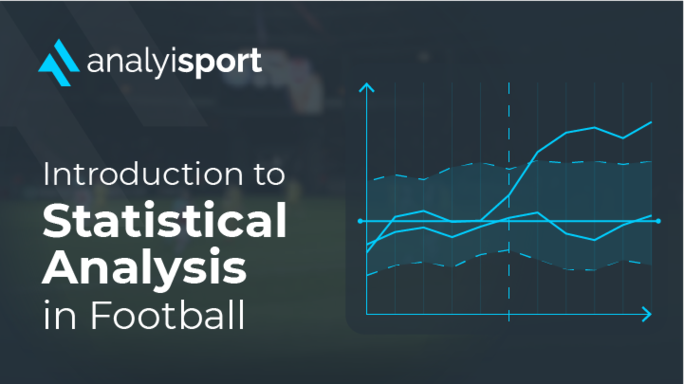
- Level 2
- Module
Level 2: Introduction to Statistical Analysis in Football
£30.00
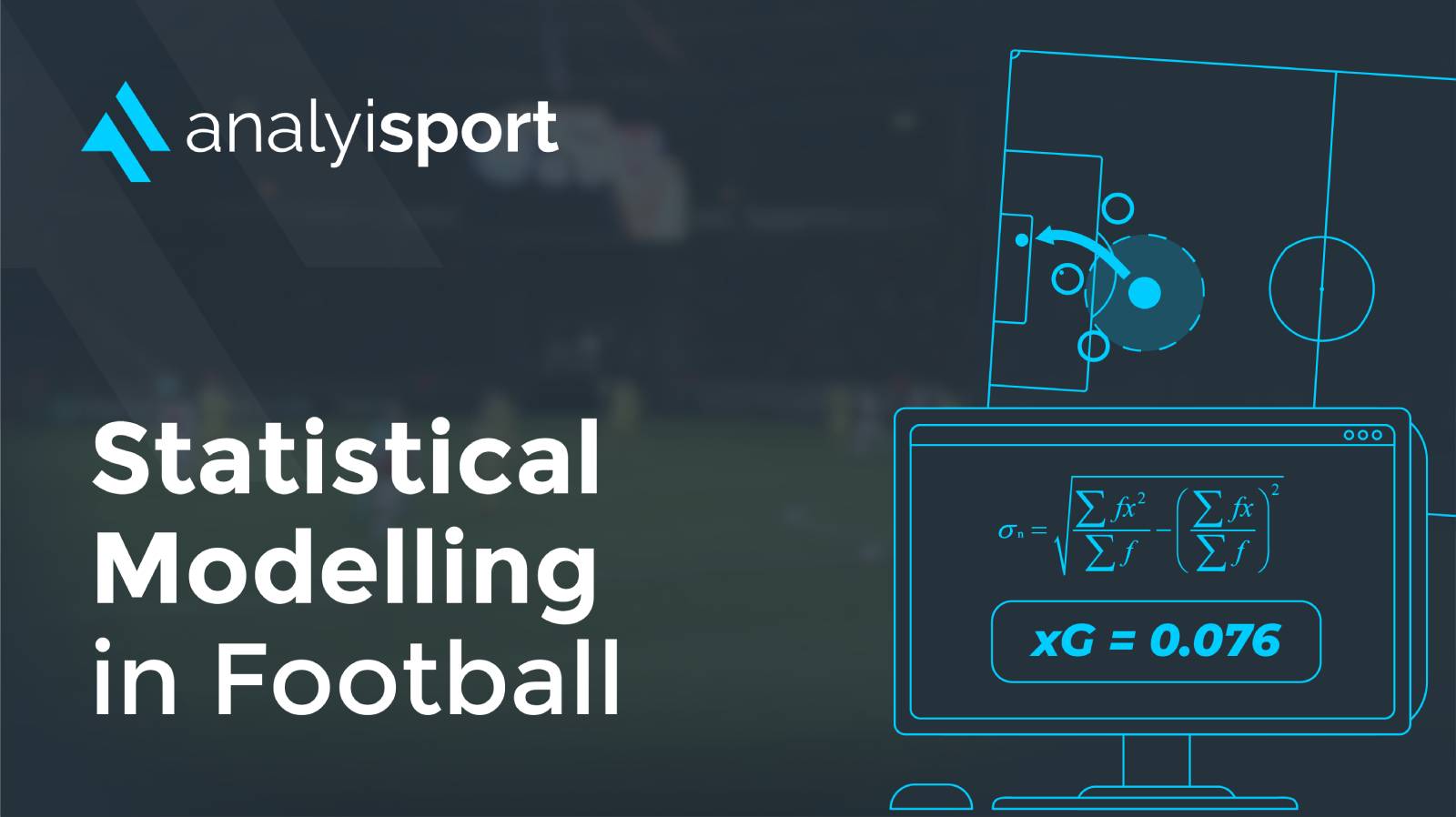
- Level 2
- Module
Level 2 in Statistical Modelling in Football
£30.00
Share this article
Our Learning Pathways
AnalyiSport is for everyone who is passionate about analysis in football. Where are you in your development journey?
Become a Football Scout
As more clubs than ever look to build data into their recruitment process, an understanding of recruitment analysis is your ticket to success in the game.
Related Articles
Our team provides news and insights from the cutting edge of football analysis.

